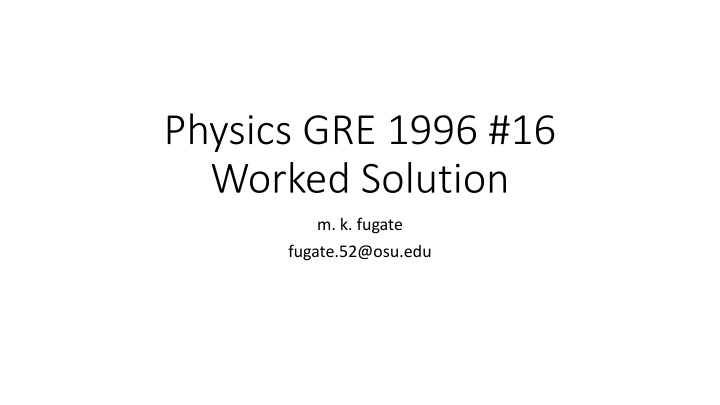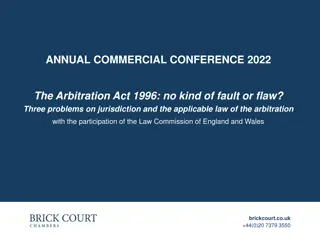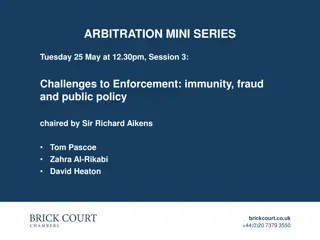
Solving Physics GRE Problem with Basic Facts
Learn how to solve a Physics GRE problem involving number density and collision cross section of air by making rough estimates based on fundamental physics concepts. Instant recall of key facts and using powers of ten for rough calculations can lead to quick and accurate solutions to such problems.
Download Presentation

Please find below an Image/Link to download the presentation.
The content on the website is provided AS IS for your information and personal use only. It may not be sold, licensed, or shared on other websites without obtaining consent from the author. If you encounter any issues during the download, it is possible that the publisher has removed the file from their server.
You are allowed to download the files provided on this website for personal or commercial use, subject to the condition that they are used lawfully. All files are the property of their respective owners.
The content on the website is provided AS IS for your information and personal use only. It may not be sold, licensed, or shared on other websites without obtaining consent from the author.
E N D
Presentation Transcript
Physics GRE 1996 #16 Worked Solution m. k. fugate fugate.52@osu.edu
It seems as if this is a ridiculous thing to ask unless you have the number density and collision cross section of air memorized. But, it is easy to solve if you know a little basic background info, and make an estimate based on orders of magnitude.
First, what is the collision cross section? To figure this out, you must know two facts: Cross section tells you about how often particles collide. It is analogous to its area (i.e. how big of a target it is). The length scale of atoms is the Angstrom, and 1 ? = 10 10? . Of course you won t be expected to memorize the radius of every element, but all you need to do here is estimate, so you assume the radius is about 1 Angstrom. This is a fact you should know, as it often comes in handy. With this in mind: ? = ???? = ??2 Where r is the Angstrom
Now you know cross section, but what about the number density? This relies on you knowing two things: The ideal gas law: PV = nKT (K is Boltzmann s constant, which is given on the GRE formula sheet) Standard temperature and pressure (STP) 0 degrees Celsius, which is 273 degrees Kelvin (always calculate with Kelvin) 10^5 Pascals. Remember, the Pascal is equal to one newton per square meter. Now put it all together: So, using two basic physics facts you should have memorized, you can derive the number density: 1 ?? ???2 ??= ?? = ??? ? =? ? ?= ??
1 ?? ???2 ??= You know everything you need now: ? = 1.38 10 23?/? ? = 273 ? 3 102 ? ? = 105 ?/?2 ??2 3 10 20?2 Now count the powers of ten: ? 10 23 102k 1 ?? ???2 ? = 10 6? ? ??= ? 105 10 20?2 ?2 We left off the specific values, but taking powers of ten got us close enough. Clearly, B is closest to our estimate, and it is indeed the correct answer.
The key to answering problems like this is: Instant recall of certain basic facts (STP, the ideal gas law, about how big atoms are) Not getting bogged down in arithmetic and realizing that a rough estimate using powers of ten is all you need (and all you have time for anyway) With this in mind, problems like this should only take a minute or so. If your answer isn t spot on to any choice, go with whichever is closest!




















